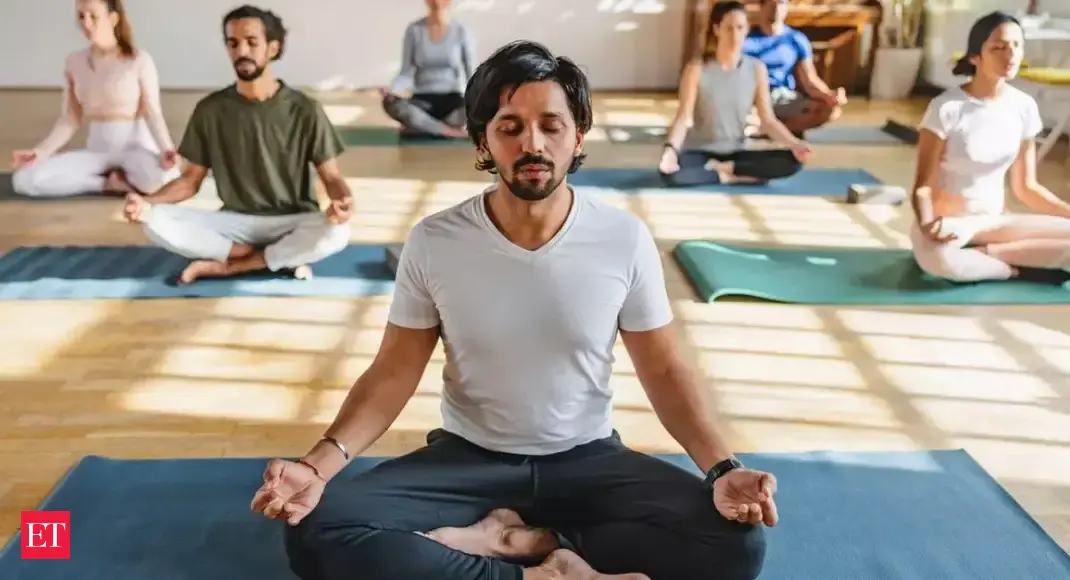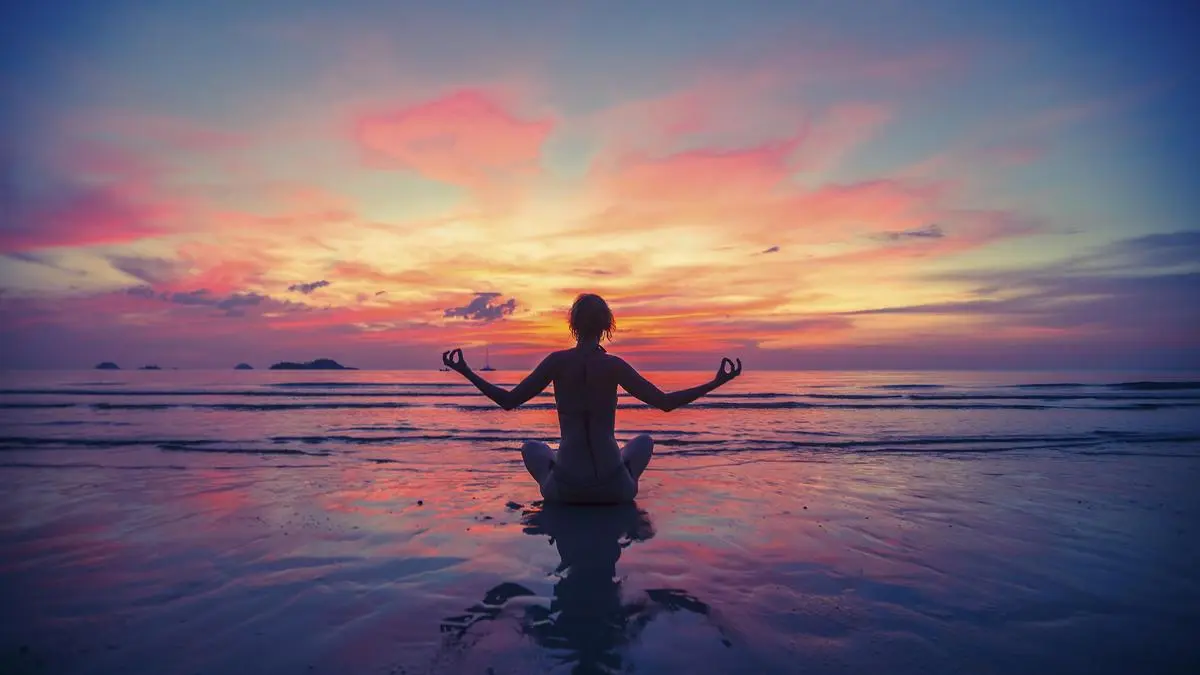Yoga Asanas and Breathing Techniques for Natural Blood Pressure Reduction
This article offers practical, traditional yogic approaches to naturally manage blood pressure, emphasizing the holistic benefits of Sanatana Dharma's wisdom for modern health.

Want daily inspiration like this? Subscribe to our newsletter!
Article Summary
This article presents five specific yoga asanas and breathing techniques, such as slow breathing, humming, and restorative poses, that can naturally help reduce high blood pressure. It explains that regular practice of these gentle postures, combined with meditation, can modestly lower blood pressure by improving autonomic balance and reducing sympathetic drive.
Original Article: economictimes.indiatimes.com
[ Sentiment: positive | Tone: factual ]
This summary and analysis were generated by TheNewsPublisher's editorial AI. This content is for informational purposes only; it does not constitute spiritual or religious advice.
[ Sentiment: positive | Tone: factual ]
This summary and analysis were generated by TheNewsPublisher's editorial AI. This content is for informational purposes only; it does not constitute spiritual or religious advice.
TNP AI: Key Insights
Yoga, a holistic system from ancient India, integrates physical postures (asanas), breathing techniques (pranayama), and meditation to harmonize the mind and body. Its practices, as highlighted, can calm the nervous system, a key aspect of overall health and a core benefit sought through dharmic practices.
For Hindu practitioners, integrating yoga into daily life extends beyond physical health; it's a form of spiritual discipline (sadhana) that fosters self-awareness and inner peace. This aligns with the dharmic principle of maintaining a balanced and healthy body as a vessel for spiritual growth and righteous living.
The emphasis on gentle postures, controlled breathing, and meditative focus directly reflects the principles of Patanjali's Yoga Sutras and Hatha Yoga Pradipika, which advocate for steady postures (sthiram sukham asanam) and breath regulation (pranayama) for both physical and mental stability.



